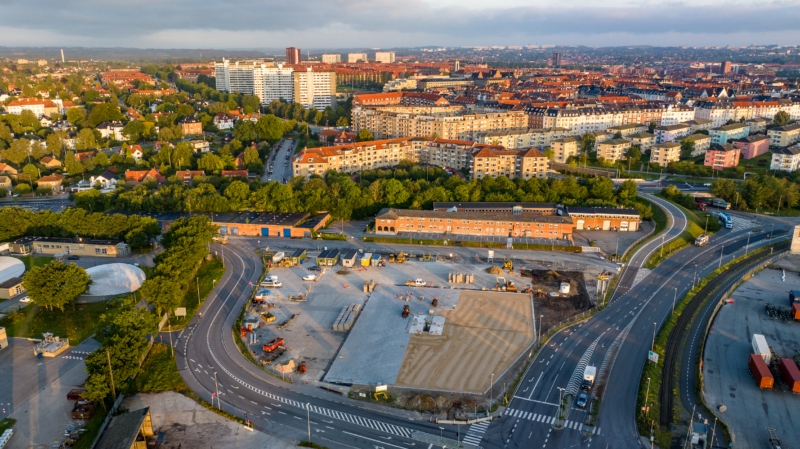Solution provider

We are unlocking the potential of geothermal on an industrial scale.
Case
District energy
District heating


We are unlocking the potential of geothermal on an industrial scale.
Add the case to your visit request and let us know that you are interested in visiting Denmark
Kredsløb, a utility group, owned by the Aarhus municipality, has the responsibility for processing waste as well as supplying the municipality with 90 percent of its district heating. However, Kredsløb needs to phase out 50 percent of its current biomass-based heat supply by 2030. In a broader context, buildings and households collectively contribute to 13 percent of annual greenhouse gas emissions, which translates to a substantial 432,000,000 tonnes of CO 2 every year.
To address this issue, the partnership between Innargi and Kredsløb aims to resolve several challenges simultaneously. Firstly, the utility seeks to achieve long-term stability in heat prices while reducing its reliance on unpredictable weather patterns and imported resources. Secondly, it aims to transition from heat generation via incineration to electrification, a crucial step towards establishing a truly carbon-free and future-proof energy mix. Additionally, the incorporation of electricity into the equation serves as a prudent portfolio risk hedge, whenever electricity prices are low.
Innargi has entered a 30-year agreement with Kredsløb to develop and operate the largest geothermal heating plant in the European Union, located in Aarhus, Denmark. With large geothermal heating facilities, it will become possible to heat millions of homes with green energy, even when there is neither wind nor sunlight. Additionally, by replacing households’ hydrocarbon-based heating sources, the average household’s carbon footprint may be reduced by 6 tonnes every year.
The geothermal heating plant in Aarhus will embody 7 individual parts and 17 boreholes and supply the Aarhus municipality with 110MW and a supply of approximately 650,000MWh. The extracted water is pumped up from 2-3 kilometres below the surface, reaching a temperature of 60-80°C.
Upon reaching the surface, the heat contained within the geothermal water is efficiently harvested via a heat exchanger before being seamlessly integrated into the district heating network. Once the heat has been utilised, the now-cooled geothermal water is reinjected into the subsurface, thus creating a self-sustaining and circular form of energy. This process offers a completely emission-free alternative to conventional base load energy sources like biomass, coal, and natural gas.
The Aarhus municipality contains a population of approximately 330,000 residents and is home to approximately 180,000 households, of which 95 percent of these are connected to the district heating grid. With the planned capacity of 110 MW, 20 percent of these households will be covered by the geothermal heating plant, with the first wave of heat already being delivered 3 months after the contract’s signing. Innargi’s geothermal heating plant additionally offers the advantage of being weather-independent, showcasing stability and ensuring efficient utilisation of green electricity. This is achieved through a high coefficient of performance, which, in turn, results in a remarkable annual reduction of 165,000 tonnes of CO 2 emissions.